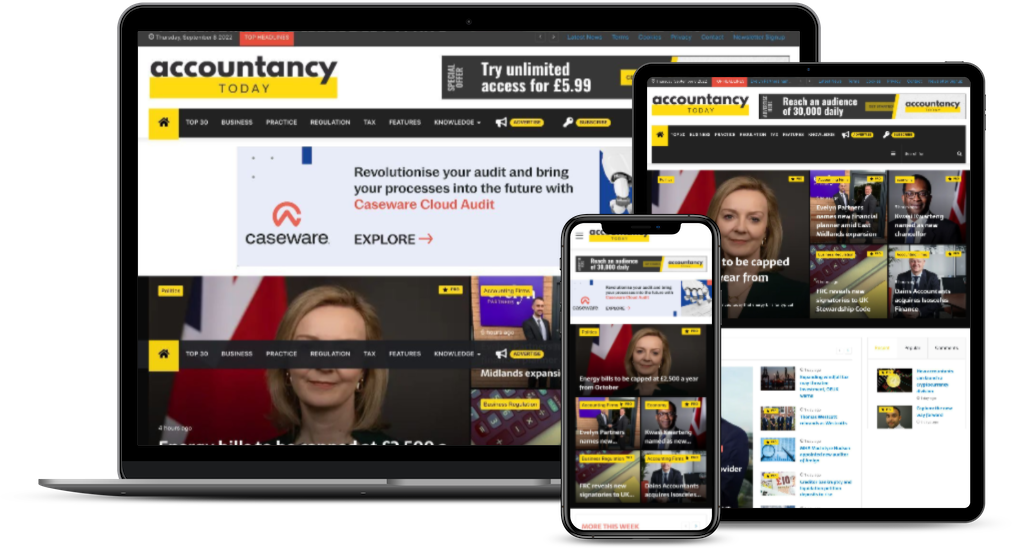Helping a client claim for R&D relief? Here’s why the submission might fail
Duncan Edwards, senior tax manager at Markel Tax

Claiming for research and development (R&D) tax relief, especially for those involved in the development of complex software solutions is not a straightforward process. Duncan Edwards, senior tax manager at Markel Tax, explains why many submissions often struggle to make the grade.
At first glance, many software development projects, which can encompass a wide array of activities from user interface creation to integrating artificial intelligence (AI) models into platform structures, might appear to be obvious candidates for a successful R&D claim. However, in reality they are often unsuitable or fail due to poorly prepared submissions, despite the substantial resources, expertise and time involved.
Understanding what is likely to qualify
Critical for claimants is their ability to understand what aspects of a software development project is likely to qualify and what will not. Although the project in its entirety must be explained to HMRC, those elements that represent a genuine innovation, a significant improvement to existing processes, or a solution to an uncertainty that existing software has not addressed must be the focus of the claim.
Submissions that attempt to claim for elements of a development unlikely to qualify—such as user interface, user experience, and reporting—can mask that part of a project that is likely to qualify and cause the application in its entirety to fail.
Potentially worse, the application could succeed, the tax relief granted, only for the submission to be investigated at a later date. Should the application deemed inappropriate at that point because the real innovation is not fully appreciated, the monies can be reclaimed by HMRC and fines imposed.
Turning ‘tech speak’ into layman’s terms
Not only must suitable projects—or parts of projects—be identified that have the potential to qualify, but technical detail around how the innovation qualifies needs to be explained in layman’s terms.
Even if a software development is clearly ground breaking to those with relevant technical or market knowledge, a failure to articulate this to HMRC in easy-to-understand language will drastically reduce the chances of a successful claim. Most HMRC caseworkers have generic backgrounds and lack deep technical expertise. Although a specialist software team does exist within HMRC, in Markel Tax’s experience, it only reviews a tiny fraction of the claims submitted.
The need to transform technical jargon into a comprehensible narrative that succinctly describes the innovation in the prescribed format, is essential.
Lack of technical documentation and evidence
Many claims fail because they lack sufficient technical documentation to support the submission. Claimants need to provide evidence that demonstrates how their project overcame scientific or technological challenges, and the advancements achieved. This includes detailed records, technical reports, evidence of the process, challenges faced, and solutions developed. Project logs, key emails, and technical drawings can also help to support a submission.
Incorrect financial claims
Errors in properly detailing the financial aspect of a development process can also cause problems. This includes miscalculating qualifying R&D expenditures, such as staff costs, subcontractor costs, materials, and utilities. Overstating or incorrectly allocating these costs can result in the claim being rejected or reduced.
Uses cases
The following uses cases highlight two instances where Markel Tax were engaged to assist, and where claims have included non-qualifying aspects of a development process, creating problems for the overall submission.
Use case I
Company A runs a legacy database system, which cannot easily be updated but needs to connect to the internet. There is technical uncertainty within some of the integrations, particularly a single sign-on system to work with their legacy database. However, descriptions of development of the entire website, an API, a link into a well-known accounting package and other routine developments were included. None of these were qualifying and HMRC rightly disqualified the claim. A protracted enquiry process ensued, including the threat of penalties for carelessness. This process caused considerable stress upon the business in resource to challenge HMRC’s decision and rewrite the submission.
Use case II
Company B has created a unique tool for parsing data from web pages. There are many elements of qualifying R&D within the tool with technical uncertainty and a clear scientific advance. However, the company included costs associated with research, planning and setup and configuration of the database, as well as some of the routine developments surrounding the creation of the tool. HMRC state that research might inform a project, but R&D doesn’t start until you hit scientific or technological uncertainty. The submission needed to be scaled back significantly in terms of the submission write up and the costs to be accepted.
While claiming R&D tax relief for software developments can be challenging, understanding the pitfalls and preparing accordingly can significantly increase the chances of success. With the right approach, the process can be navigated effectively, ensuring that genuine innovations receive the recognition and support they deserve.









